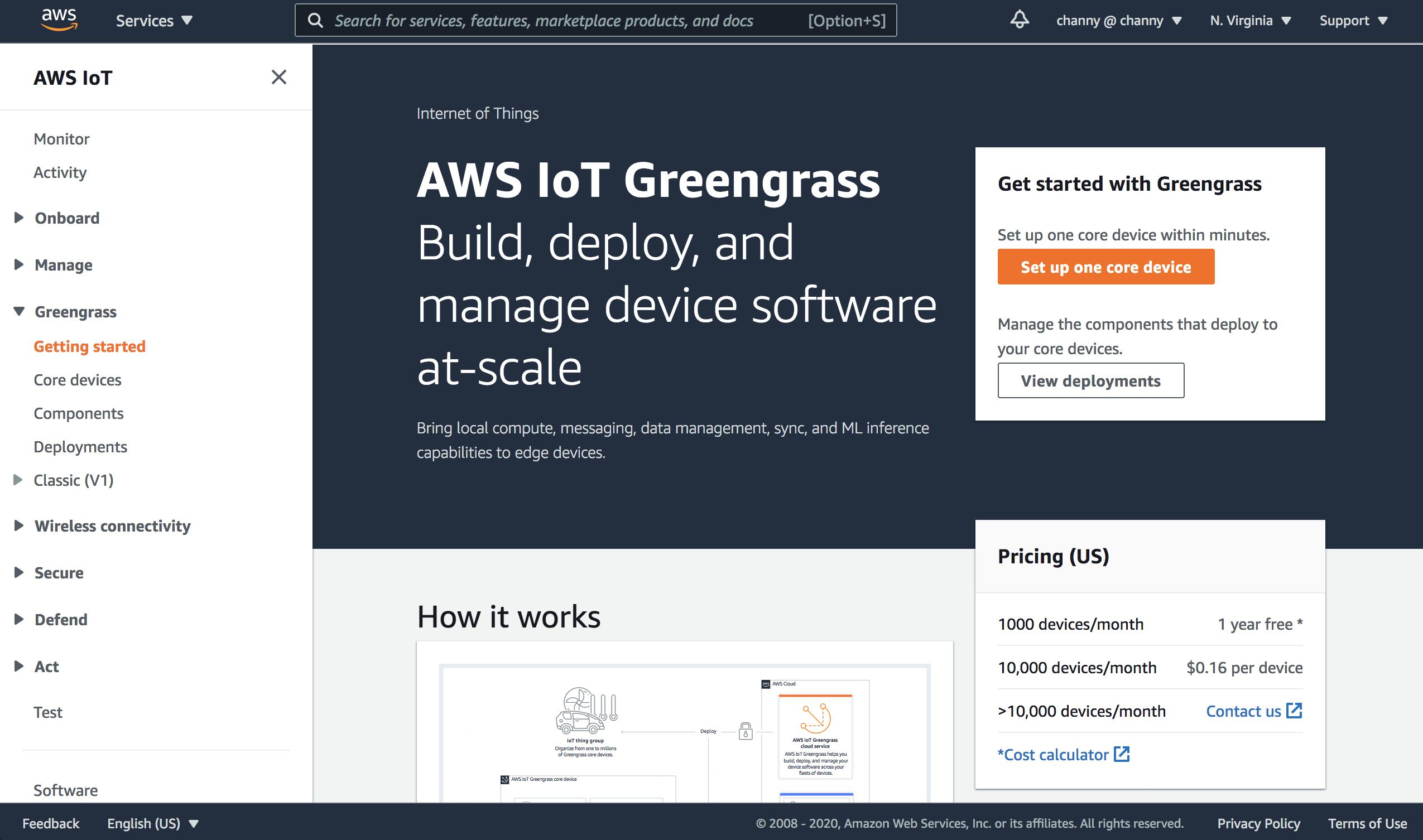Unleashing the Power of AWS: A Beginner's Guide to Using Amazon IoT Greengrass
 Sumit Mondal
Sumit Mondal
Introduction:
In the ever-evolving landscape of cloud computing, Amazon Web Services (AWS) continues to lead the way in providing innovative solutions. One such groundbreaking service is Amazon IoT Greengrass, designed to extend AWS capabilities to the edge of the network. In this blog, we'll take a step-by-step journey into the realm of AWS IoT Greengrass, breaking down its features and demonstrating how to use it effectively with simple examples.
Understanding Amazon IoT Greengrass:
Amazon IoT Greengrass is a service that seamlessly extends AWS functionality to edge devices, allowing them to perform computation, messaging, and data storage locally. This ensures that devices can operate even in environments with intermittent connectivity to the cloud. Here are some key features:
Local Computation: Greengrass enables local execution of AWS Lambda functions on edge devices, reducing latency and enhancing responsiveness.
Secure Connectivity: It ensures secure communication between edge devices and the AWS Cloud, utilizing AWS Identity and Access Management (IAM) for authentication.
Offline Operations: Greengrass allows devices to operate independently when disconnected from the cloud, ensuring continuous functionality in remote or unstable network conditions.
Setting Up Amazon IoT Greengrass:
Now, let's dive into the practical steps of setting up Amazon IoT Greengrass. For this example, we'll assume you already have an AWS account.
Step 1: Create an AWS IoT Thing
In the AWS Management Console, navigate to the IoT Core service.
Create a new Thing and define its properties.
Step 2: Set Up a Greengrass Group
In the IoT Core console, select Greengrass and create a new group.
Add your IoT Thing to the group.
Step 3: Deploy AWS IoT Greengrass Core Software
Download the Greengrass Core Software package from the AWS Console.
Follow the installation instructions provided to deploy the software on your edge device.
Step 4: Create and Deploy a Greengrass Lambda Function
In the Lambda service, create a new Lambda function.
Add your function code and set the required permissions.
Deploy the Lambda function to your Greengrass group.
Step 5: Test Your Setup
Trigger the Lambda function either locally or via the AWS Cloud.
Verify that the function executes on the edge device, showcasing the power of AWS IoT Greengrass.
Conclusion:
Amazon IoT Greengrass empowers developers to build intelligent edge applications without sacrificing the benefits of the cloud. By extending AWS capabilities to the edge, Greengrass opens up a world of possibilities for IoT applications in various industries. With this beginner-friendly guide, you've taken the first steps towards harnessing the potential of AWS IoT Greengrass. Explore further, experiment with different use cases, and unlock the true potential of edge computing with Amazon IoT Greengrass.
Subscribe to my newsletter
Read articles from Sumit Mondal directly inside your inbox. Subscribe to the newsletter, and don't miss out.
Written by

Sumit Mondal
Sumit Mondal
Hello Hashnode Community! I'm Sumit Mondal, your friendly neighborhood DevOps Engineer on a mission to elevate the world of software development and operations! Join me on Hashnode, and let's code, deploy, and innovate our way to success! Together, we'll shape the future of DevOps one commit at a time. #DevOps #Automation #ContinuousDelivery #HashnodeHero